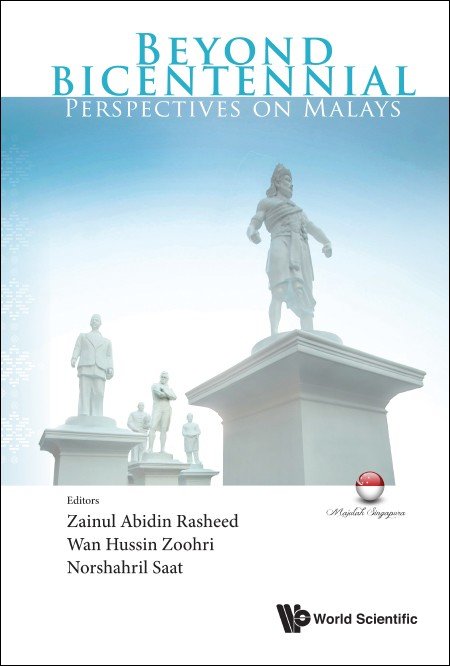Locating “Malay Places” and Ethnic Identity Making in Singapore
September 23, 2021

Istana Kampong Glam is recognized as the historic seat of Malay royalty in Singapore. In his 1822 town plan, Sir Stamford Raffles designated Kampong Glam to the Malays, Bugis, and Arabs. Sultan Hussein Shah, who was officially recognized by the British as the Sultan of Johore, relocated his whole family and hundreds of his followers to the Kampong Glam area. Sultan Hussein’s son, Tengku Mohammed Ali, decided to build Istana Kampong Glam. Sultan Hussein passed away on 5th September 1835 in Malacca, before the completion of Istana Kampong Glam. The Istana Kampong Glam, currently occupied by the Malay Heritage Centre, was gazetted as a national monument on 6th August 2015.
In ‘Locating “Malay Places” and Ethnic Identity Making in Singapore’ (Beyond Centennial: Perspectives on Malays, 2020), Assistant Professor Hamzah Muzaini (NUS Southeast Asian Studies) traces the micro-histories of Singapore’s Malay community from the arrival of Sir Stamford Raffles to modern day Singapore by examining how several localities that might not be associated with the Malay community have been instrumental in identity formation and expression. He employs a geographical lens to develop the concept of ‘place’ and argues that ‘place’ must be taken seriously when considering how the Malay community imagines its links to the nation.
Dr Muzaini explains that ‘place’ encompasses a number of distinct concepts that include the physical location, and social and symbolic dimension. The social dimension of ‘place’ refers to the meanings and attachments we imbue in a location. In addition to the social dimension, places we develop attachments to eventually take on a symbolic dimension, representing the subjective meaning of a location. The meanings which we take these places to symbolize eventually become part of our individual identities.
In the national imagination, “Malay places” often refer to Kampong Glam and Geylang Serai. These places were carved out by the British and allocated to the Malays. The British declared that Kampong Glam would be an ethnic enclave for the Malay community. Geylang Serai, on the other hand, was designated as an official resettlement zone for Malays displaced from their homes. Singapore’s Malay community developed close cultural and emotional ties with these places over the years. In the 1980s, the government designated them historic districts for the Malays. Dr Muzaini points out that the Malay community’s history is closely intertwined with the history of Singapore. Indeed, there are many more places in Singapore that are historically connected to the Malays besides the ones we are familiar with.
The Kallang area, Dr Muzaini notes, is an example of a place that has lost its social and cultural ties with the local Malay community. He remarks that the Kallang area was mostly occupied by the Orang Laut and Bugis ethnic groups. These ethnic groups, descendants of earlier Austronesian and Austroasiatic tribes who built several successful maritime trading states and kingdoms, migrated from the surrounding Maritime Southeast Asian region to Singapore. Today, our understanding of them is subsumed under the broader state-defined category of ‘Malay’. The Kallang River provided economic opportunities for the Bugis people who worked as maritime traders and sailors. The area eventually became known as Kampong Bugis or Bugis Town. The Bugis people flourished there, and their community grew. At its peak in the 1830s, the Bugis community consisted of about 2,000 people. Population growth made it hard for them to stay in Kampong Bugis. The community was eventually relocated. Unfortunately, Dr Muzaini notes that nothing remains of the original location of Bugis Town in Kallang.
Dr Muzaini explains that national projects such as urban redevelopment, gentrification, land reclamation, and resettlement processes have diluted the racial connotations of “Malay places” in Singapore. The weakening of the cultural significance of “Malay places” and the state-led erasure of the Malay community’s ties to these localities are the unseen costs of urban development and nation-building. Dr Muzaini illustrates this by citing how architectural practices such as the conservation of the Sultan Mosque and Istana Kampong Glam come across as superficial, catering to the tourist eye rather than the local Malay community, and in this way alienating the locals from their cultural practices and ties. Singapore’s nation-building objectives could be perceived as self-defeating because in trying to construct and redevelop physical locations, the state is inadvertently erasing the symbolic dimension of ‘place’ that the Malay community has strong ties to.
Read the book here: https://www.worldscientific.com/worldscibooks/10.1142/11613
